Animals showcase remarkable talents in various athletic categories, far surpassing humans in many areas. Let’s take a look at some of the standout animal athletes from around the world!
#9 The Fastest Sprinter, The Cheetah
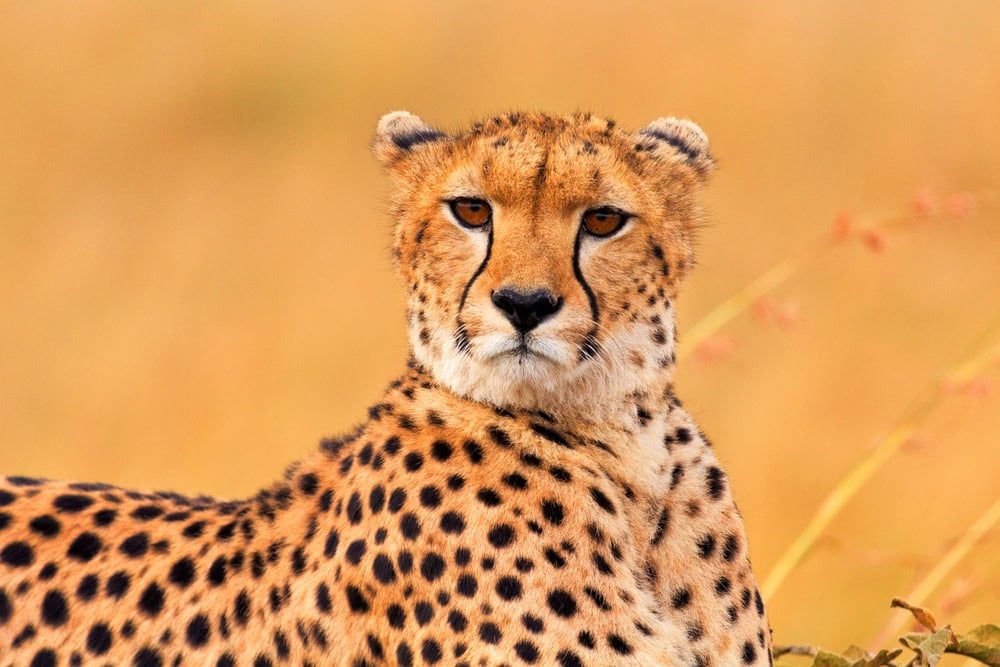
The cheetah (Acinonyx jubatus) holds the title of the fastest land animal. Capable of sprinting at speeds up to 75 miles per hour, these big cats leave everyone else in the dust. For comparison, Usain Bolt, the fastest human, reaches about 27.33 miles per hour, which is impressive, but still far behind the cheetah!
Cheetah Flexibility

When the body is fully extended, the hips pivot, allowing the back legs to spread wide. The hip and shoulder extensions allow for a wide range of extension while running, resulting in an exceptionally long stride. The distance between their steps reaches up to 21 feet, and they complete four strides every second. The cheetah’s body is entirely off the ground twice during a single stride: once when all four legs are stretched and once when all four legs are bunched beneath the torso.
#8 Long-Distance Runner Pronghorn Antelope

When it comes to endurance running, the pronghorn antelope (Antilocapra americana) is in a league of its own. This remarkable animal can sustain speeds of 31 to 43 miles per hour over long distances. To put this in perspective, marathon champion Eliud Kipchoge averages about 13 miles per hour in his races, meaning the antelope would easily lap him!
How Does a Pronghorn Antelope Look?
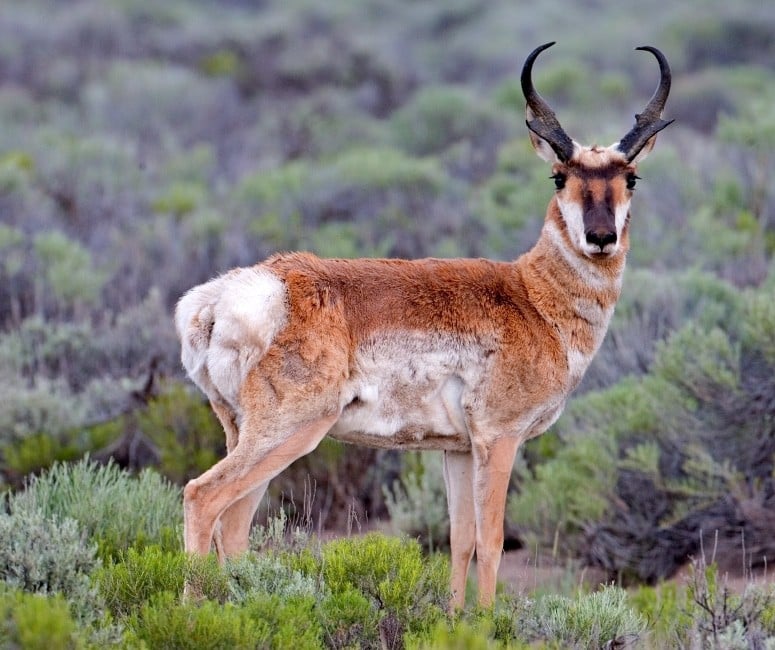
The pronghorn’s hue ranges from tan to reddish brown. The cheeks, belly, chest, rump, and insides of its legs are all white. Males and females also differ in their appearance. Males have a large black mask that extends from their eyes to their noses, black parches on their necks, and pronged black horns. The male’s horns are formed like a lyre, bending inward toward one another. Females do not have black markings, and their horns are normally straight, short spikes. Can you guess if this is a male or female? Let us know in the comments!
Here are three interesting facts about the horns of these antelopes:
- The pronghorn has horns, not antlers, and is the only mammal with branched horns.
- It also sheds its horns every year.
- The outer sheath comes off in the autumn and regrows each summer.
#7 The Sailfish – A Speedy Swimmer

Diving into the water, the sailfish (Istiophorus platypterus) claims the crown as the fastest swimmer. It can dart through the ocean at speeds of 109 kilometers per hour (68 miles per hour). In comparison, legendary swimmer Michael Phelps reaches a maximum speed of just 9.6 kilometers per hour (6 miles per hour), making the sailfish an undeniable aquatic champion.
How Can They Swim So Fast?
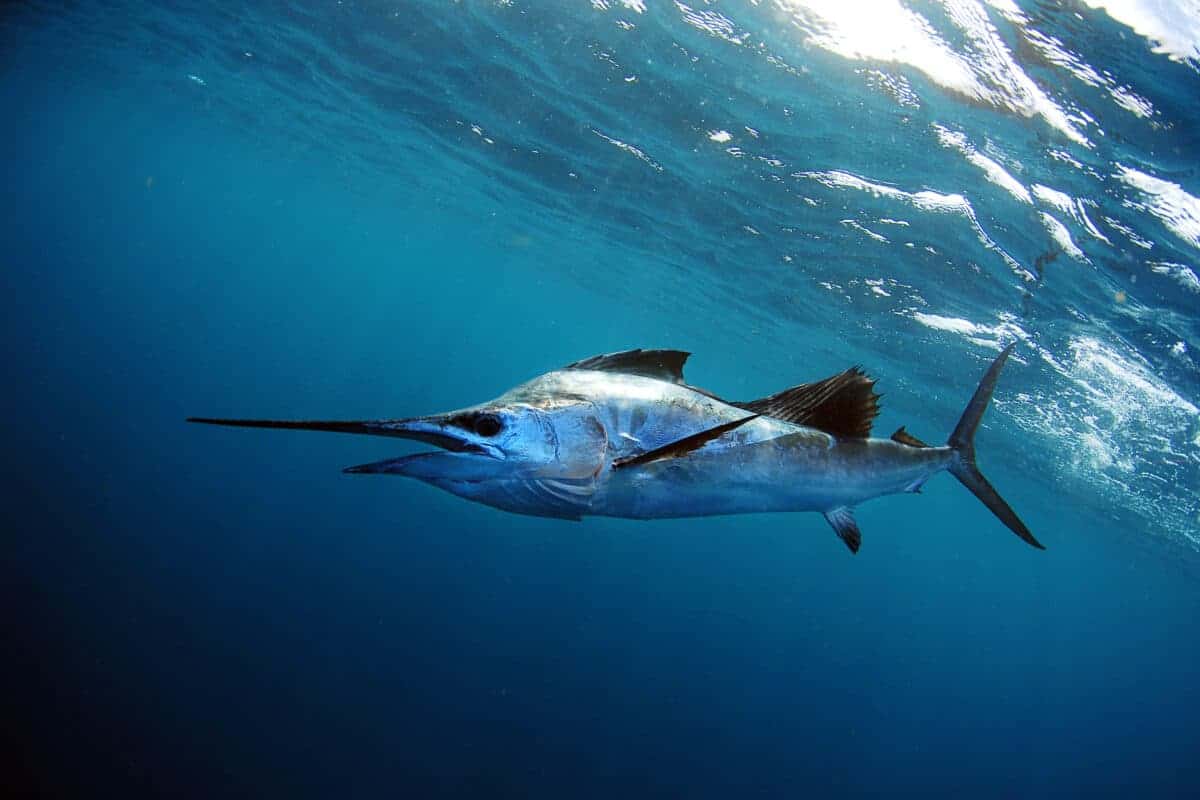
Sailfish raise and lower their sails for a variety of purposes. When hunting schools of fish, the elevated dorsal fin can help herd small fish while also acting as a visible barrier, confusing the target and making them easier to catch. It is also raised to make them appear larger than they are, with the goal of deterring predators or competition. When sailfish need to accelerate, they lower their fins to streamline their bodies and reduce drag. Some scientists believe that elevating the dorsal fin can help regulate their temperature. However, we are still waiting for conclusive verification of the sailfish truth.
#6 Humpback Whale – An Endurance Swimmer
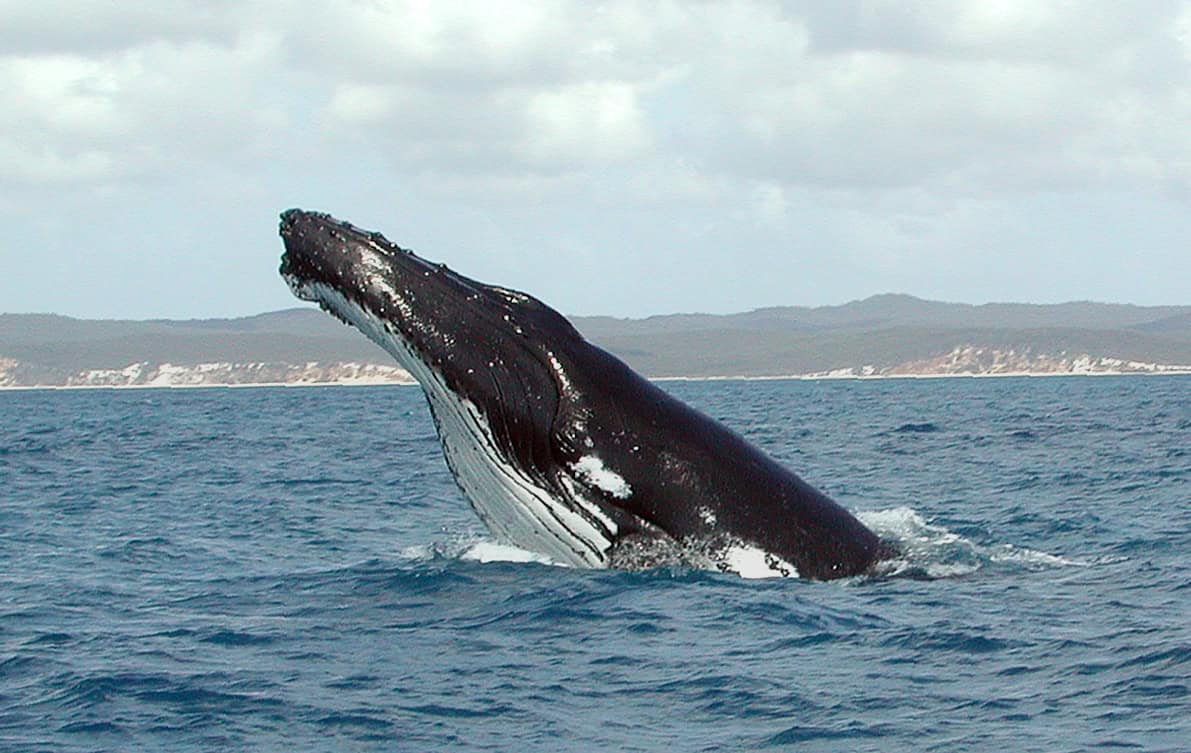
For long-distance swimming, the humpback whale (Megaptera novaeangliae) takes the top spot. These giants migrate thousands of miles every year, showcasing incredible endurance. While humans like Sarah Thomas have accomplished impressive feats, such as swimming across the English Channel four times non-stop, they can’t match the whale’s annual migrations.
Endurance Swimmer’s Diet
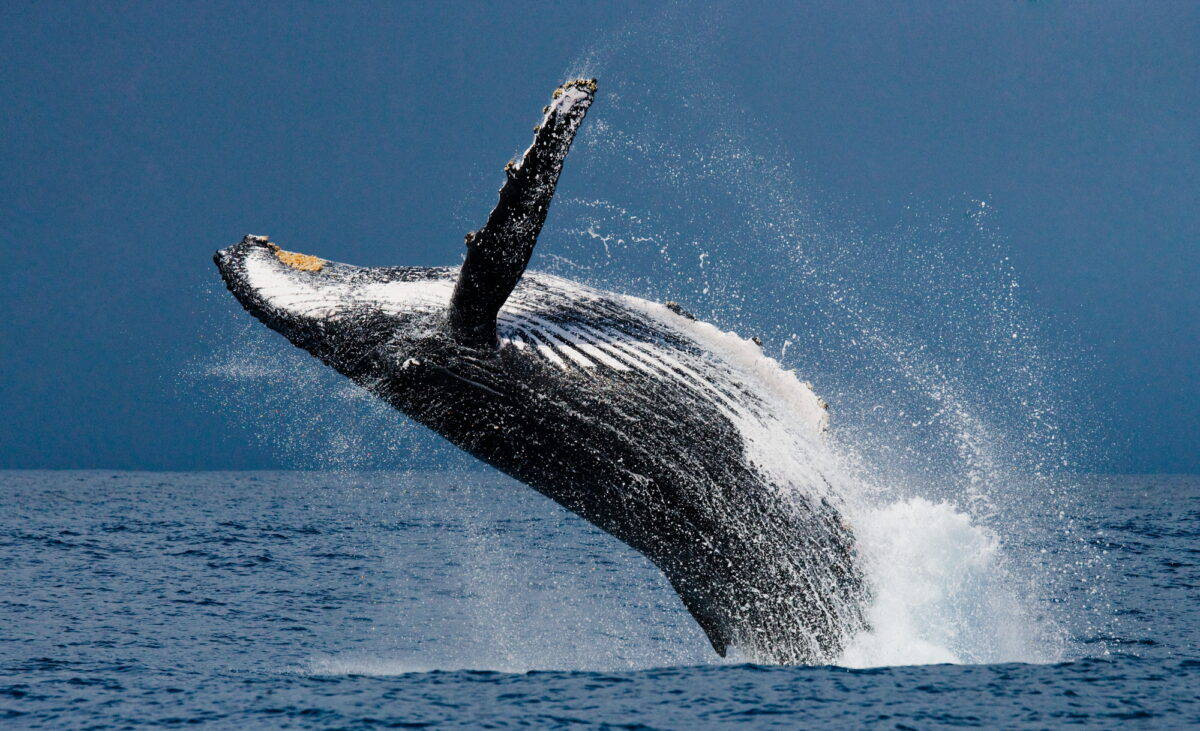
Humpback whales spend the majority of their time grazing and accumulating fat stores (blubber) to sustain them through the winter. Humpback whales filter feed on tiny crustaceans (mostly krill) and fish. They use a variety of strategies to herd, corral, and disorient prey, using bubbles, sounds, the bottom, and even their pectoral fins. One feeding approach, known as “group coordinated bubble net feeding,” uses air bubble curtains to concentrate prey. Once the fish are trapped, they are pushed to the surface and consumed by whales lunging upward through the circular bubble net.
#5 Impala: The High Jumper

In the realm of high jumping, the impala (Aepyceros melampus) reigns supreme. It can leap an astonishing 10 feet into the air. For context, Javier Sotomayor, the human high jump record holder, managed an impressive jump of 8 feet, but he still falls short of the impala’s height!
Impala Habitat
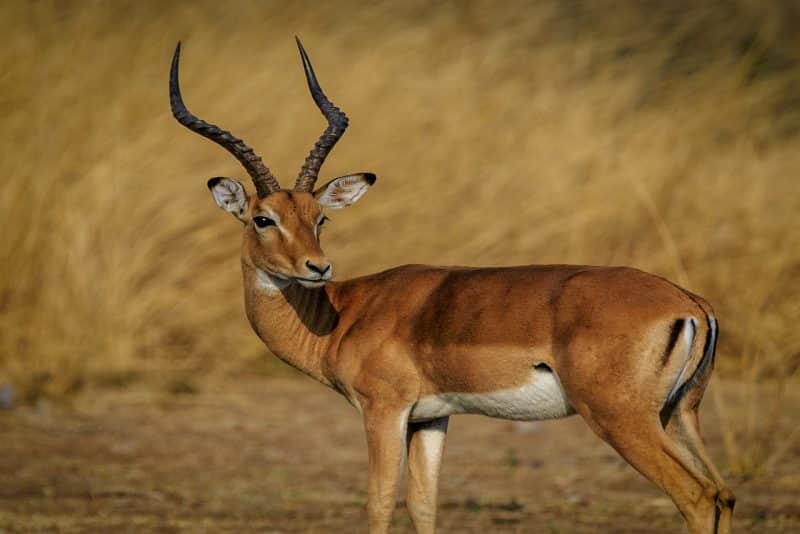
Native to Africa, the impala can be found in Angola, Namibia, northeastern South Africa, Botswana, Zimbabwe, Mozambique, Zambia, Tanzania, and Kenya. The Animal Diversity Web (ADW) at the University of Michigan states that it inhabits low to medium altitude grassland and forests with little undergrowth. They inhabit savannas as well.
#4 Snow Leopard: The Long Jumper
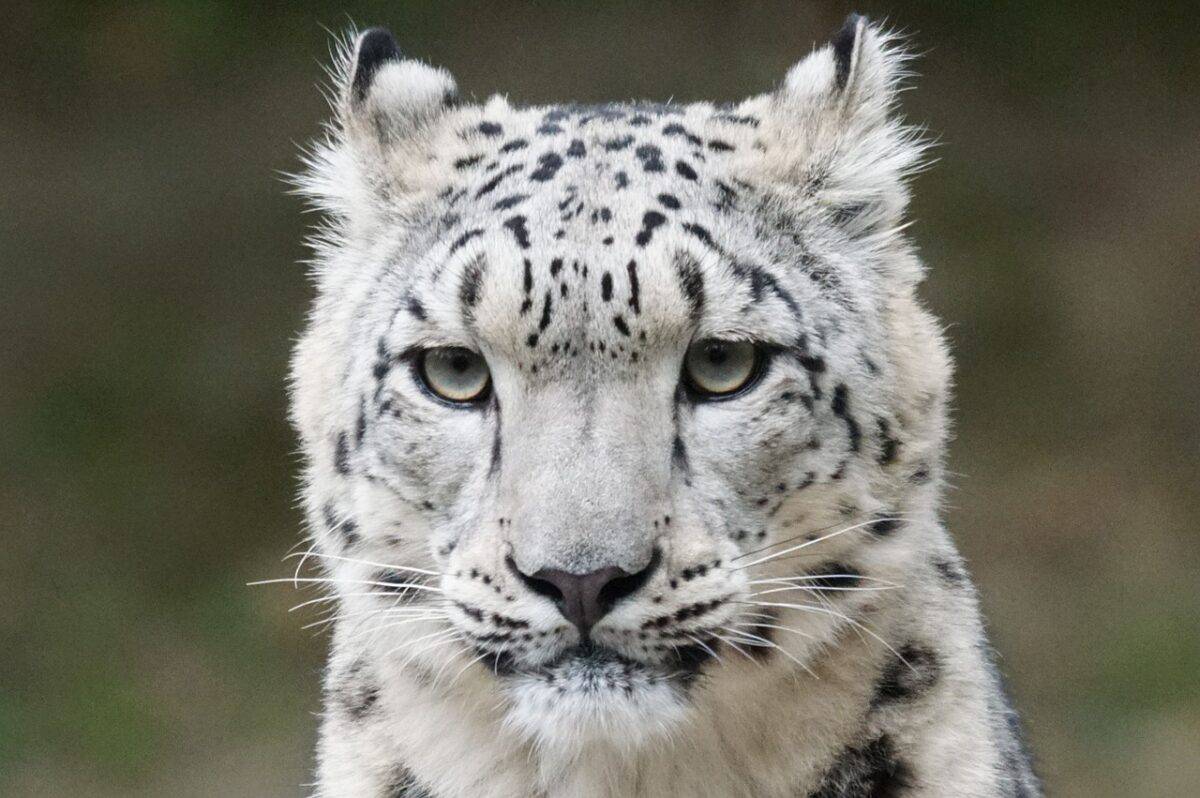
The snow leopard (Panthera uncia) takes the gold in long jumping, capable of covering 50 feet in one bound. Humans, meanwhile, can only dream of such distance; Mike Powell holds the human long jump record at 29 feet 4.5 inches (8.95 meters). This means the snow leopard jumps over six feet further in one leap!
Survival In The Snow

The untamed highlands where snow leopards live are bitterly cold during the winter months. However, these cats have some incredible bodily characteristics that make it easy to live nearby. A snow leopard’s thick, silky fur not only conceals them but also provides warmth in the icy weather. The cat can travel on snow without sinking thanks to their big paws, which function like snowshoes. Additionally, as they are pursuing prey, their long, heavy tail aids in maintaining their balance. To stay warm and hidden as they sleep, the cats wrap their tails around their bodies like a warm scarf at night.
#3 Dung Beetle: The Strongest Relative
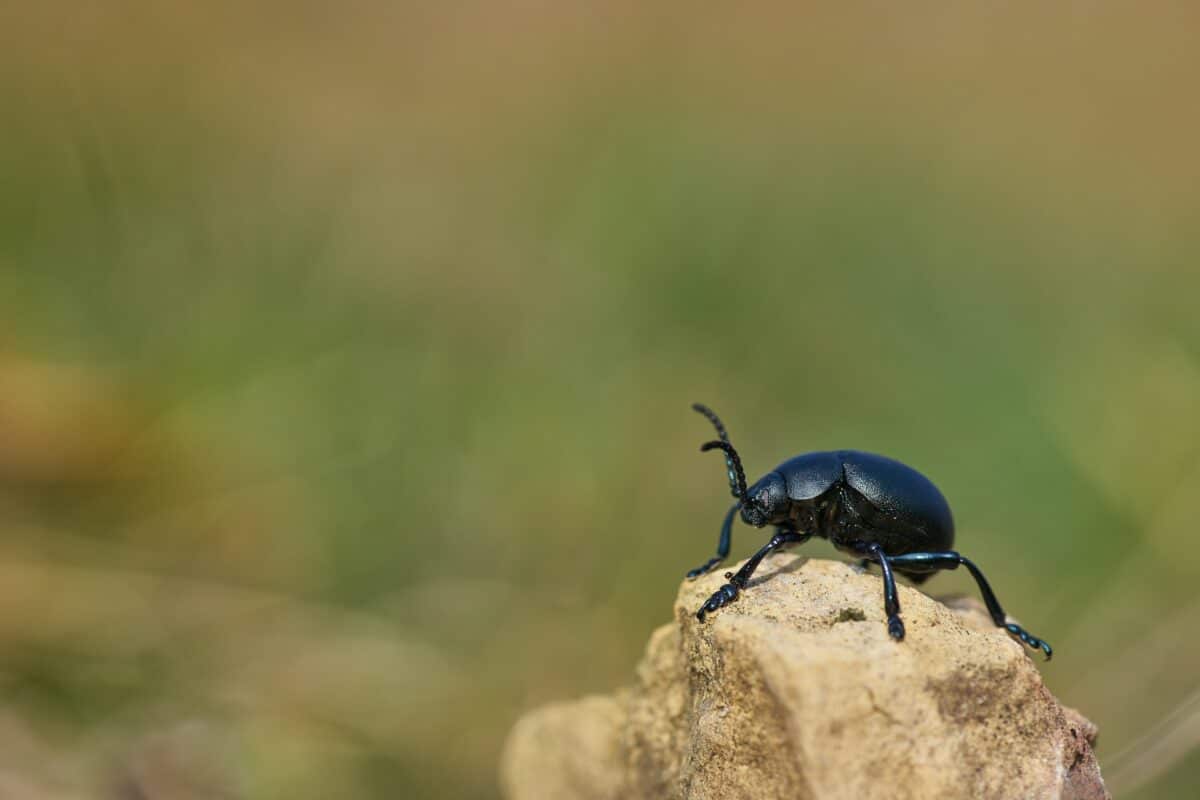
In terms of strength relative to body weight, the horned dung beetle (Onthophagus taurus) is unbeatable. These tiny creatures can pull over 1,000 times their own weight, which is truly mind-boggling. By comparison, Hafþór Björnsson, a human strongman, can lift an impressive 1,105 pounds (501 kg), but that’s only about 2.6 times his body weight.
Three Different Dung Beetles

The three primary dung beetle species—rollers, tunnellers, and dwellers—are distinguished by how they utilize the excrement they come across. Balls of excrement are formed by rollers and then rolled away from the mound. After that, they bury the ball so they can either eat it later or utilize it to deposit their eggs. Typically operating in a “male-female” duo, tunnellers plunge into the dung pile and excavate a tunnel underneath it. After the male beetle brings down the excrement, the female beetle remains in the tunnel to sort it out. Conversely, dwellers only reside within the pooey pile. When the larvae (or young) emerge from the eggs laid by female inhabitants, they joyfully eat the food that is all around them.
#2 Alpine Ibex: The Mountain Climber
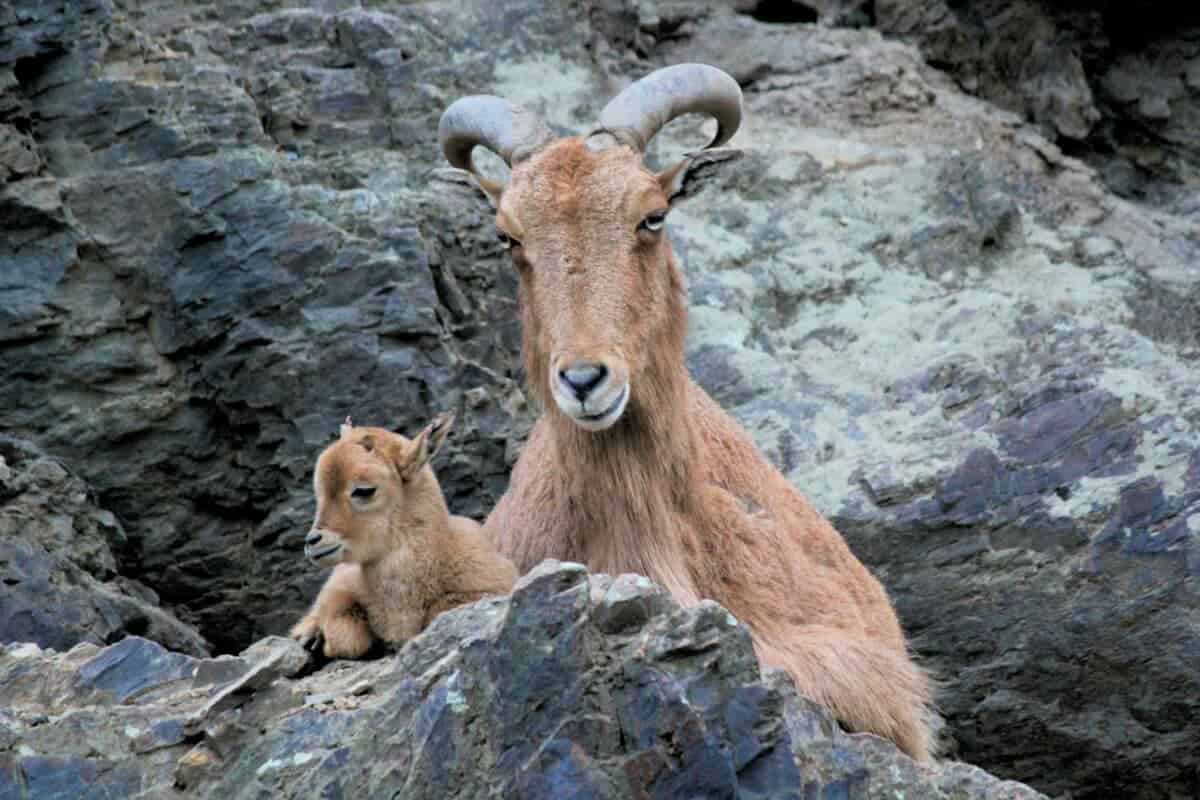
The alpine ibex (Capra ibex) is the ultimate mountain climber, capable of navigating slopes as steep as 57 degrees. These agile goats can easily traverse treacherous cliffs to lick salt on dams. In the human realm, Alex Honnold is renowned for his climbing skills, particularly his free solo ascent of El Capitan, which shows his impressive abilities align with the ibex’s.
#1 Bar-Tailed Godwit: The Flying Champions
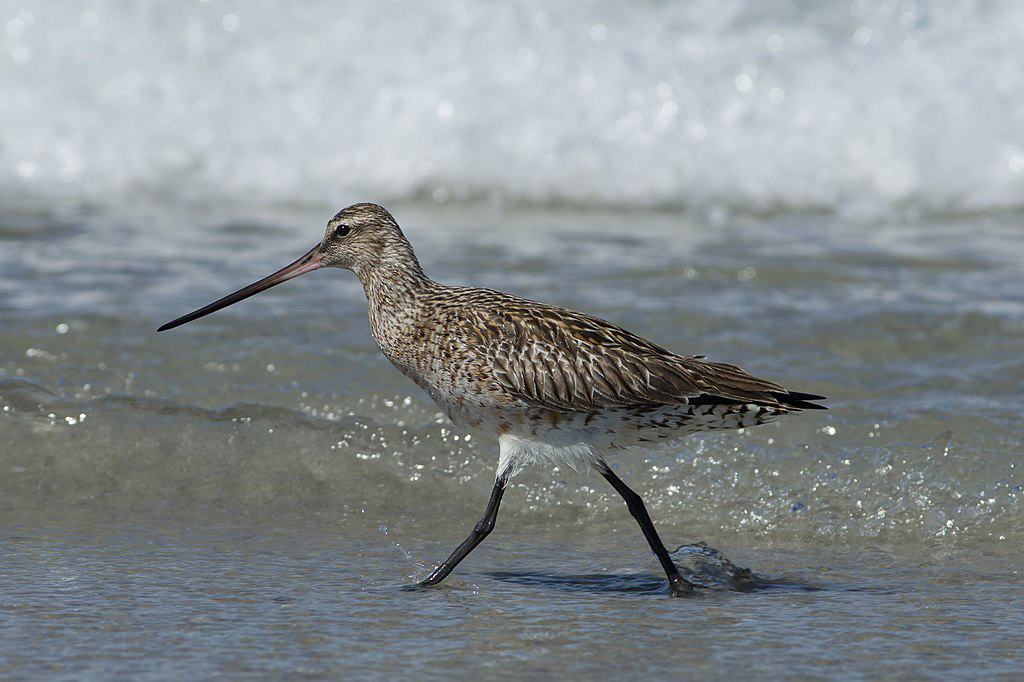
Birds dominate the skies, excelling in various flight categories. The bar-tailed godwit (Limosa lapponica) holds the record for the longest non-stop flight, migrating over 13,000 kilometers (8,077 miles). Meanwhile, the Arctic tern (Sterna paradisaea) boasts the longest migration, covering 96,000 kilometers (60,000 miles) between England and Antarctica, making birds true aerial athletes.
Bar-Tailed Population Threats
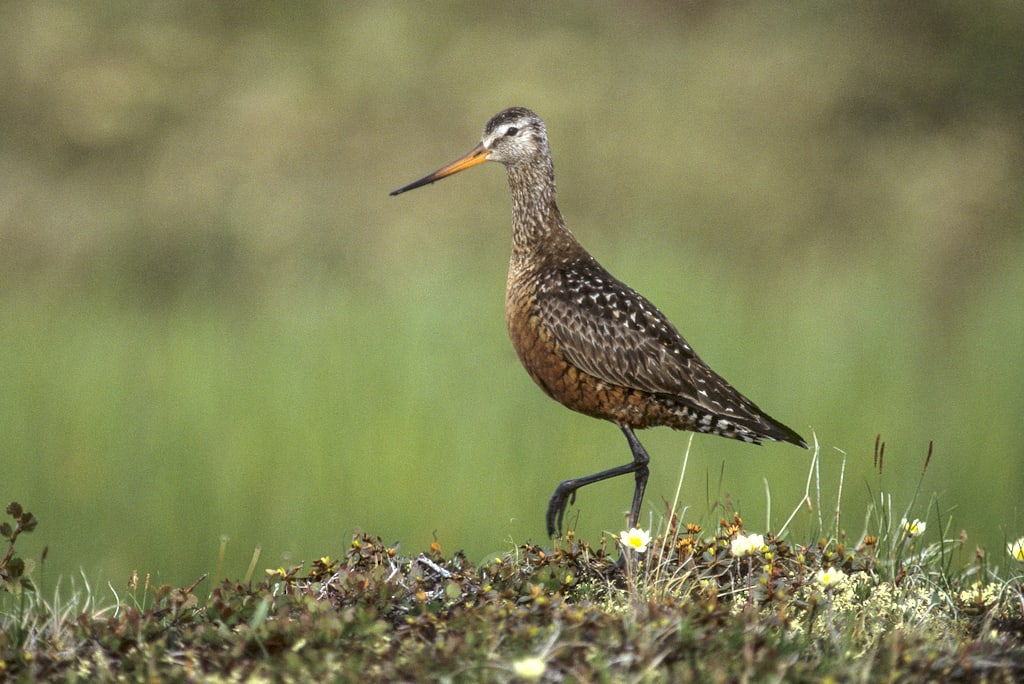
The loss of habitat brought on by residential and commercial development, the growth of mining and agriculture, the effects of climate change and extreme weather, and hunting in some regions of their range are the main concerns facing bar-tailed godwits. Infectious disease outbreaks, pollution, and human disturbance are other problems they face.
- Why and How Marine Life Is Disappearing Faster Than Ever - August 25, 2025
- These are the 9 Top-Performing Animal Athletes - August 24, 2025
- 11 Things Humans Do That Dogs Dislike - August 23, 2025

